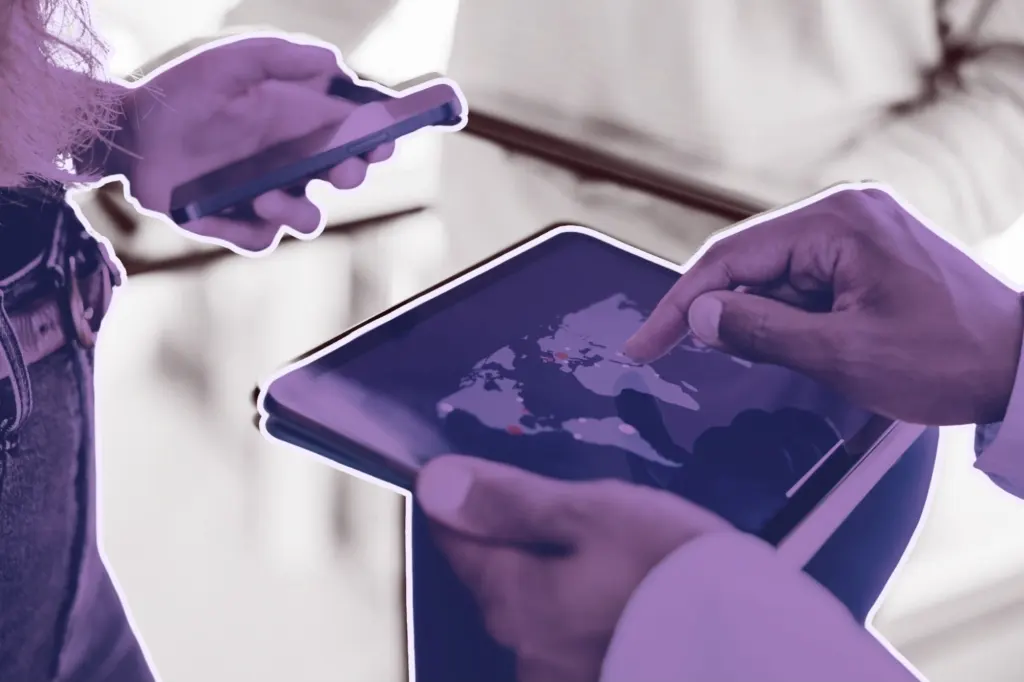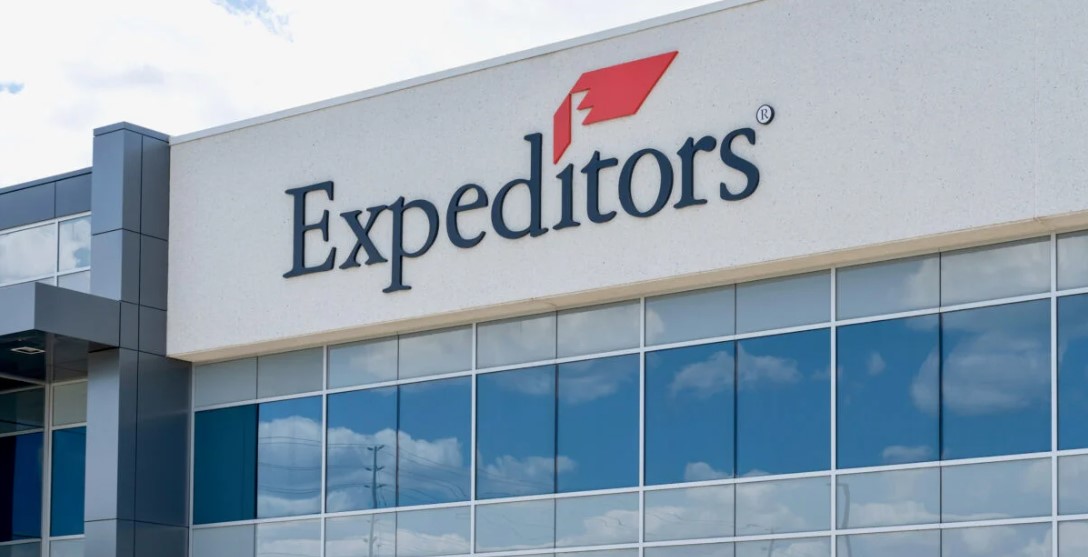Copyright Entrepreneur

Expanding your company globally sounds glamorous. In reality, it’s a mix of adrenaline, spreadsheets, language barriers and more “you don’t know what you don’t know” moments than anyone likes to admit. Earlier this year, Thunderstruck Ag, our Canada-based agricultural equipment company, expanded into Brazil to serve Latin America. We’ve set up warehousing, manufacturing and an entire team on the ground. We’ve made some smart moves, and we’ve made some messy ones. If you’re a founder thinking about taking your company global, here are three big lessons I learned the hard way, and what I’d do differently if I could start over. Related: Why Most Startups Fail and How Serial Entrepreneurs Beat the Odds 1. Secure trusted language early. Don’t just “get by” with translation When we first entered Brazil, I underestimated how much the language barrier would impact us. I assumed interpreters and translation tools would be enough. They helped, but there’s a difference between literal translation and actual communication. In the early days, I was holding up my phone with AirPods during meetings. I relied on apps to keep up. I used ChatGPT to write texts in Portuguese. Although it got us by, it didn’t hold for long. Misunderstandings occurred, nuances were lost and what I believed we had an agreement upon wasn’t what other people would always hear. If I had the chance to do it differently, I’d work with a local who’s fluent in both languages from day one. I’d make this person a core team member, and not a freelancer, as others would initially do. I believe language is infrastructure, and if you can’t convey expectations crystal clear, everything becomes harder to execute. Related: This Is the New Expansion Strategy You Might Not Know About — and It Can Make You Serious Money 2. Build real local capacity early, or you’ll spend time untangling later It didn’t take long to realize that trying to run Brazil through our existing North American structure wasn’t going to work. The culture, laws and tax structure were all entirely different, so we built everything from the ground up. We set up the manufacturing, storage and a team that is solely focused on Latin America. I soon realized that bringing in senior local leadership much earlier would’ve saved me a lot of energy and resources. Eventually, I hired a bilingual marketing lead fluent in both Portuguese and English who became an invaluable bridge between our teams. She brought a strong understanding of the local market and culture, helping align strategies and communication so everything ran more smoothly from that point forward. Running a business on a global scale means complying with new rules, systems and cultural distinctions. Per experience, you can easily get confused by something as basic as how people handle time. Having trustworthy, diverse leadership on your side from the start makes a huge difference. Get clear on the functions you absolutely need on the ground. For us, it was getting a senior leader in place who speaks our new market’s language and intimately understands their culture. That person can be your market co-pilot. They will help you steer around all the unnecessary friction you’d inevitably hit on your own. You’ll need all of these steps for a successful launch. 3. Expect chaos. Build your structure and partnerships like you know it’s coming. Going global is guaranteed to hit you with a lot of unexpected things, regardless of how much you plan. You’ll find some things are surprisingly simple, while other parts are way too complicated in ways you couldn’t imagine. In these times, set up your operations for agility, so you can react accordingly when things go sideways. The key insight for us was changing our perspective. We stopped trying to predict every possible contingency. Instead, we focused on making the company fluid enough to handle change. That meant not being over-reliant on any single team member, workflow or deadline. Arguably, global expansion moves fast, and the companies that handle it best are often the ones that can adjust without losing their footing. That being said, if I were to do it again, I’d approach every partnership and operational decision with the assumption that things can easily change overnight. For my fellow entrepreneurs, having a lot of different ways to reach your customers is a must. Keep your hiring options open, and work on building your own strength so that you don’t lose your momentum. To date, going after a global audience has been one of the toughest yet most rewarding moves we’ve made. Real lessons that no one will teach you in school became apparent, and there will never be a single ideal template to follow in business. When you make plans, be 110% ready. At the end of the day, nothing beats having boots on the ground and sorting things out as they happen. You’ll be hit with language difficulties, cultural differences, slipping timetables and a host of challenges that come straight out of left field. All of it will force you to find entirely new ways to work. This is where real development occurs. Ultimately, you’ll give yourself the best shot at sustained momentum if communication stays clear and a trusted local lead is in place early. Build the operation to bend without breaking. It won’t be neat or linear, and that’s exactly the job. The goal is to have a business that holds up under pressure and stays steady when things get wild.



